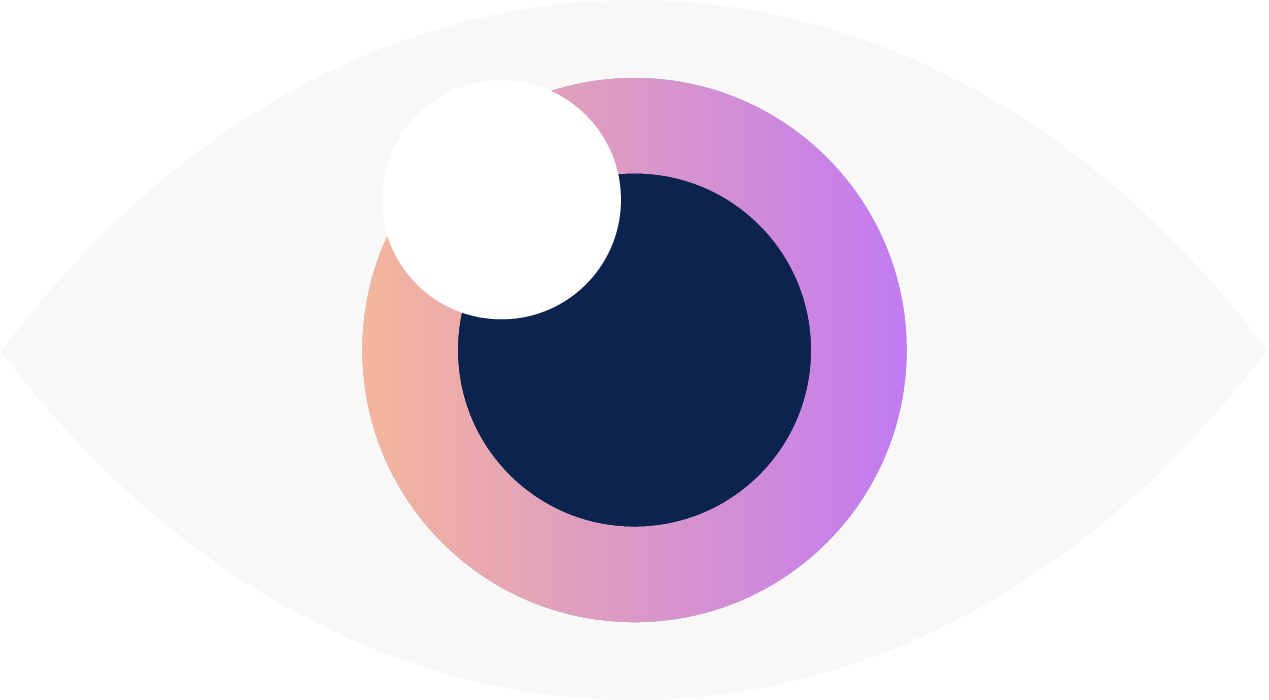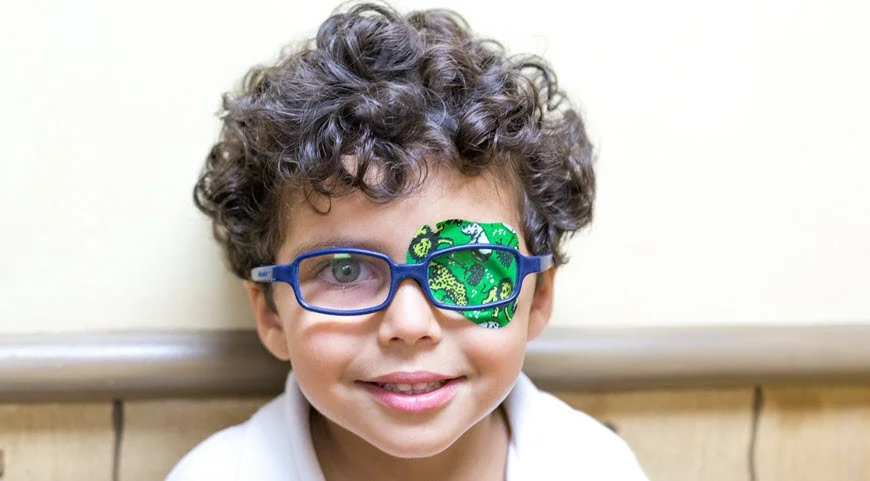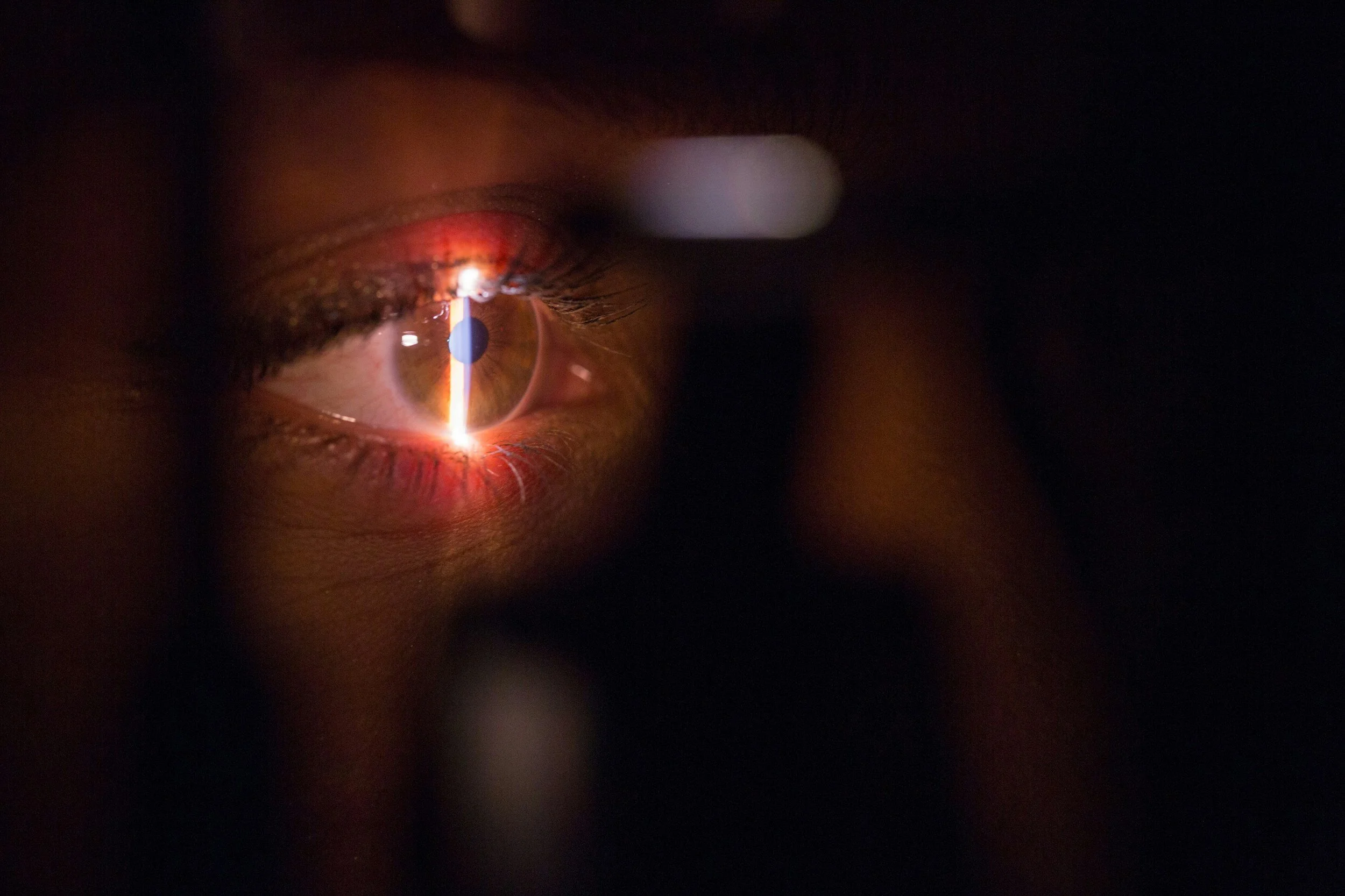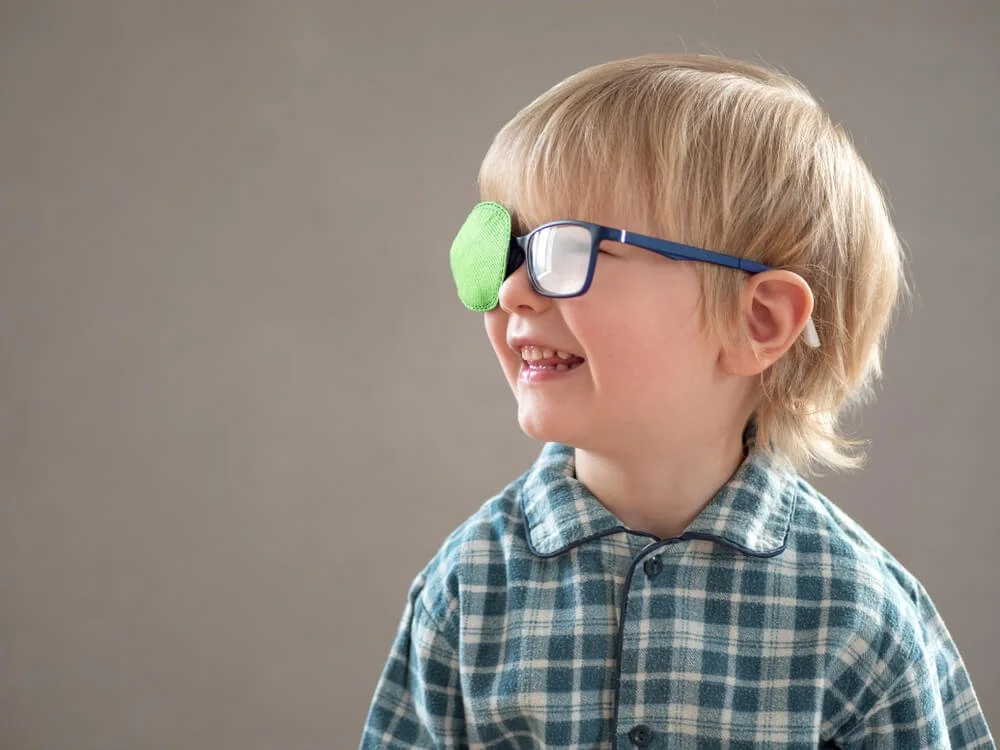Eye Health Q&A: Amblyopia & Lazy Eye
Listen On
As a pediatric ophthalmologist, I've dedicated my career to helping children and families understand and manage vision-related conditions. One of the most common, yet often misunderstood, conditions I encounter is amblyopia - commonly referred to as "lazy eye." In this blog post, I aim to shed light on the truth about amblyopia and empower parents with the knowledge to ensure their children receive the best possible care.
Amblyopia is not a simple "lazy eye" - it's a complex neurological condition that occurs when the brain favors one eye over the other. This can happen for a variety of reasons, including refractive errors, strabismus (misaligned eyes), or visual deprivation. The key to understanding amblyopia is recognizing that it's not a problem with the eye itself, but rather a disconnect between the eye and the brain's visual processing centers.
I have amblyopia, but my husband does not. How likely is it that our children will have it?
One of the most common misconceptions I encounter is the belief that amblyopia is hereditary. While there is a genetic component that can increase the risk, amblyopia does not follow a simple inheritance pattern. It's a multifactorial condition that arises from a combination of genetic susceptibility and environmental triggers. This means that even if one parent has amblyopia, it doesn't necessarily mean their child will develop it.
The good news is that amblyopia is highly treatable, especially when caught early.
Does patching the eye help? How old is too old to patch?
The critical period for visual development is typically thought to extend until around age 10, but recent research suggests that the brain's neuroplasticity - its ability to adapt and change - may persist well into the teenage years and even adulthood. This means that even if amblyopia is diagnosed later in life, there are still opportunities to improve vision through targeted treatments.
For amblyopia found in the teen years, can surgery be done later in life (30’s) to fix it?
Amblyopia, or "lazy eye," can't be treated with surgery because it's a neurological condition, not an eye structure problem. No eye, retinal, or optic nerve transplants can improve vision in amblyopia. Instead, treatments like patching, atropine drops, or VR headsets are used to retrain the brain.
However, surgery can correct strabismus, where the eyes are misaligned, which can lead to amblyopia. For children with both conditions, I start with vision treatments like patching before performing surgery to align the eyes. Strabismus surgery can be done at any age, from toddlers to even 95-year-olds, but for amblyopia, early intervention is key because there’s no surgical solution to fix it directly.
The most common treatments for amblyopia include patching the stronger eye, using atropine eye drops to blur the vision in the stronger eye, and even virtual reality-based therapies. The key is to find the approach that works best for the individual child and their family. Some children may prefer the convenience of eye drops, while others may enjoy the interactive nature of VR therapy. The important thing is to be persistent and consistent with the chosen treatment.
As a parent myself, I understand the concerns and questions that can arise when a child is diagnosed with amblyopia. My role as a pediatric ophthalmologist is not only to provide the best possible medical care, but also to empower families with the knowledge and support they need to navigate this journey. By debunking the myths and misconceptions surrounding amblyopia, I hope to instill a sense of hope and optimism in parents, knowing that with the right treatment and support, their child's vision can be dramatically improved.
If you have a child with amblyopia or suspect they may be experiencing vision challenges, I encourage you to reach out to a pediatric ophthalmologist like myself. Together, we can work to unlock the full potential of your child's vision and set them up for a lifetime of healthy, clear sight.
Connect with Me:
Follow me on Instagram
- Have a question about this episode or a future topic? Reach out to me at hello@drrupawong.com
Don’t forget to subscribe to It’s Good to See You wherever you listen, and if you found this episode helpful, please leave a review to help more parents discover this show!







